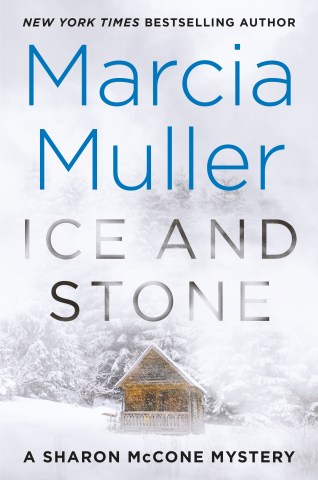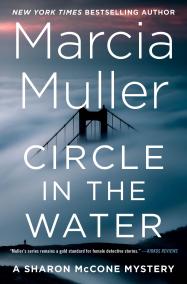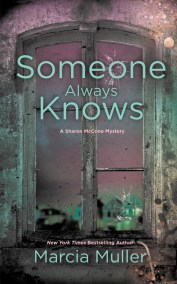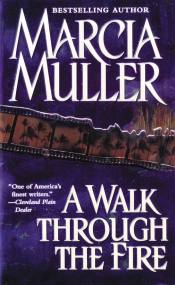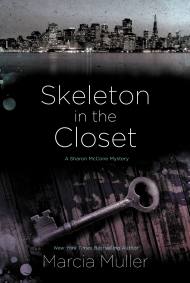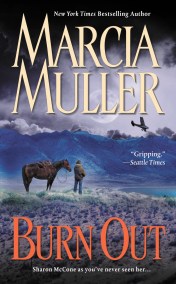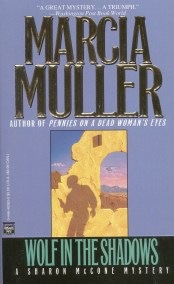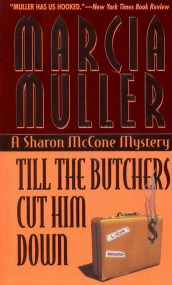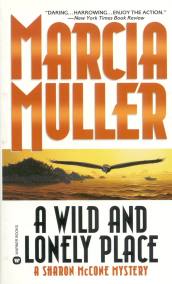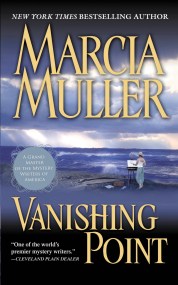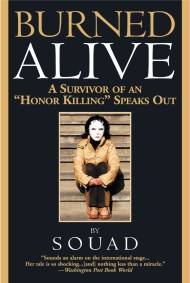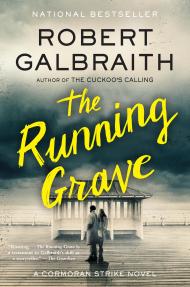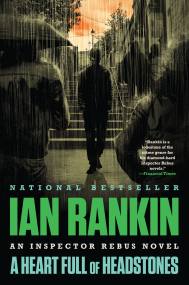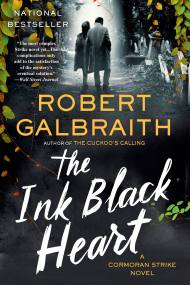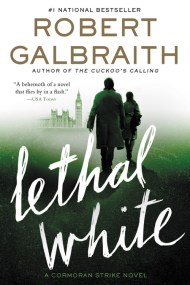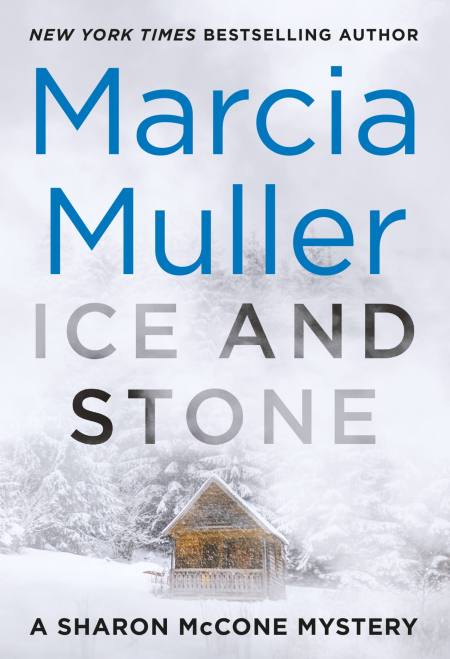In the Land of Ice and Stone
Meruk is the smallest and least known of California’s fifty-nine counties. Roughly triangular in shape, it abuts the Oregon border at its narrowest, most mountainous point and slopes south into wide grassland near the Lassen County line. The Meruk Nation, or “mountain people,” after whom the county is named, are peaceable and gentle; they are concerned with preserving their environment and practicing their arts; although they are the smallest nation in the state, their weavings, pottery, and basketry have spread far from their ancestral grounds.
Their calm productivity is severely at odds with their surroundings. The land, while spectacular, is often hazardous; the climate can be harsh in the extreme. The events of its bloody and cruel history are well documented in the few historical accounts of the tribe—violent events that were not instigated by the Meruk Nation but by the white people who came seeking gold, land, lumber, and numerous other riches.
Today Meruk County is relatively peaceful. The lumber industry was phased out long ago, due to its distance from the dog-hole shipping ports at the coast. Tourism is minimal, thanks to miles of badly maintained and winding roads as well as a paucity of lodging places. Large cattle ranches cover the county’s southern territory and provide the tax money that keeps the budget in the county seat of Ames balanced. People scratch out an existence by farming small plots or fishing on the Little White River or working the ranches.
Before I traveled north, I had little knowledge of the Meruk. Having been adopted and raised as Scotch-Irish, and not having discovered my Shoshone roots until middle age, I wasn’t familiar with many of the nations. But after the case I’d gone to Meruk County to pursue, I would become all too familiar with the victims of vengeance, racial injustice, and profound ignorance.
SATURDAY, JANUARY 5
4:13 p.m.
From its rim at the side of Fisher’s Mill Road, the deadfall looked treacherous: sand-colored boulders, felled trees, tangled dead branches, moraines of rock and sediment spilling down to the river below. I hefted my cumbersome backpack, looked dubiously at the walking stick that my guide, Allie Foxx, had provided to help me keep my balance.
Yeah, sure—I’ll probably still end up on my ass.
Allie was already halfway down the slope. She made a hurry-up sign to me. I closed my eyes and started off.
Closing my eyes was not the smartest thing I’d ever done: my work boots skittered over a patch of stones, a branch whopped me on the forehead, and I came to rest leaning against a birdlimed outcropping.
When I looked down the slope, I saw Allie had turned her back. She was probably hiding laughter. Her tribe, the Meruk, I’d read, did not believe in ridiculing others.
Well, I had to admit I must look ridiculous: clumsy in my overstuffed cold-weather clothing, red-faced and sweating in spite of the icy wind. But dedicated—oh yes I’d been hired the previous week by the Eureka-based Crimes against Indigenous Sisters organization to investigate why two Native women had been murdered in Meruk County over the past three months as well as look into many prior disappearances. The cases were not localized: Indigenous women have long been victims of mysterious crimes in areas from Arizona to the far reaches of Canada, from the Sierra Nevada to the Pacific. But Meruk and its surrounding counties—Del Norte, Tehama, Siskiyou, and Modoc—had experienced an ominous uptick in such crimes, and CAIS wanted to know why. So did I.
I straightened, set my backpack more firmly on my shoulders, and started off again. This time the going was easier and, except for a couple of near falls, I made it upright to where Allie was now waiting on the bank of the Little White River. To her left the water flowed free from under an ancient arched stone bridge, but to her right the river became choked by more downed trees, dead grasses, and boulders. I slid toward her on a pebbled patch of ice.
She smiled, her white teeth a sharp contrast to her brown, weathered skin. “We’ll make a cross-country tracker of you yet, Sharon.”
“Cross-country catastrophe is more like it.”
“Nah, you just need a little more practice.” Her expression became serious. “This cell phone is for you. As I mentioned before, none work here except those signed up with the local provider, and, at that, the reception is spotty. You may have to go into the village to make any calls.”
“Thanks. I take it Internet service is just as bad.”
“Worse, I’m afraid. You won’t have a vehicle for a couple of days, but the village is walkable, and I’ve arranged with my brother who has a car dealership in the county seat to have a Jeep delivered to you. The shack is fully stocked, and anything you need, just give a call. You have your keys?”
“Yes. And my instructions and my lists.”
“Sorry to sound like an overprotective mama, but I was one for a lot of years. Be careful on that ledge under the bridge, it’s slippery. Once you’re on the other side, you turn left—”
“Yes, Mom.”
“And in an emergency, you’ll—” “I know.”
“Okay. This is where I leave you. The killer, or killers, might recognize me, given the publicity the organization’s been getting. I’ll put as much distance between us as possible.” She squeezed my arm, turned, and walked quickly uphill.
I was on my own.
The narrow ledge under the bridge was slippery, but I had the walking stick for balance. Even through my thick boots I could feel the iciness of the water, and sharp stones poked against their soles. The arching bridge wall felt clammy and smelled of mold. Rustling sounds accompanied my passage, and I thought of bats.
And then I was out on the far side. The light was fading, so I flicked on my small flash before proceeding. I scrambled left up the mud-slick slope, past a jumbled pile of rocks and there—
There it was.
The old abandoned shack belonging to the Sisters was built of redwood that had weathered to a dull silver gray. Its windows were nailed shut with many sheets of plywood and crisscrossing timbers; tattered black shingles lay loose on its roof, some littering the ground. The single door was secured by a rusted chain and an odd-looking padlock. It seemed as if no one had entered it in decades.
But I knew better.
The padlock was difficult, even though Allie had given me a demonstration when she’d handed me the key. One prong of the key had to be inserted at an angle, another pushed up from below. When I pulled, nothing happened; I removed and reinserted the key, pressed harder, pulled again. There was a faint click, and the staple released. I removed the padlock and the chain, pulled the door open, and stepped inside.
Under other circumstances I would have expected dust, cobwebs, and stale odors, but instead a pleasant, flowery scent came to my nostrils. Air freshener. I shone my light around the single room. Two lanterns sat on the big braided rug. I fumbled in my pocket for matches, lit one.
The light from the lantern was dim; I was pleased with that, even though Allie had told me that every chink be- tween the old boards had been caulked to prevent telltale leakage. I set my pack down and looked around.
The structure had been built in the mid-1980s by a man who had inherited the land and hoped to turn it into a retreat for recovering alcoholics, but the extremes of weather and difficulty of hauling in construction supplies had defeated him, and he’d died—sadly, an alcoholic himself—in the early 2000s, willing the property to the Sisters, who had befriended him and nursed him in his final illness. They’d maintained the cabin as well as they could, but they’d been working against great odds. And now it seemed they’d worked hard at reclaiming it for me.
To my right, under the windows, was a bunk topped with an air mattress, a sleeping bag, and a big, fluffy pillow; to the left a tiny bathroom with a chemical toilet and small sink had been partitioned off from the rest of the room. Two jugs of water, foodstuffs, and other supplies were stowed beneath a wide shelf.
I eyed the comfortable-looking bunk. I was exhausted. Early that morning I’d flown my Cessna 170B from its base at Oakland Airport’s North Field to a tiny paved strip at Bluefork over in Modoc County. The strip belonged to Hal Bascomb, one of my husband Hy’s flying buddies, who had been sworn to secrecy about my presence in the area and had provided the loan of one of his three dilapidated Quonset hut hangars to shelter the plane. After we stowed the plane, Hal gave me a hand up into his Jeep. He looked good: sun-browned and golden-haired in spite of the time of year. Long ago he and Hy had worked together on some dodgy jobs in Southeast Asia, and they had been friends ever since. Now Hal claimed he was taking it easy, that running the strip in Bluefork was his retirement. But I could see that same steely look in his eyes that I occasionally glimpsed in Hy’s. People in certain pursuits never quite retire.
Allie had met us on the outskirts of the nearby village of Aspendale in her Land Rover, and after a short drive she and I had arrived in Saint Germaine. An unincorporated and fairly unpopulated area, named after a long-abandoned monastery on the far side of the river, Saint Germaine was where the fatal attacks on two Indigenous women had occurred over the last three months. I’d have to—
Table that until tomorrow, McCone. You’re too tired to think clearly now. Put on your sweats, crawl into that bunk, and get some sleep.
